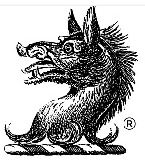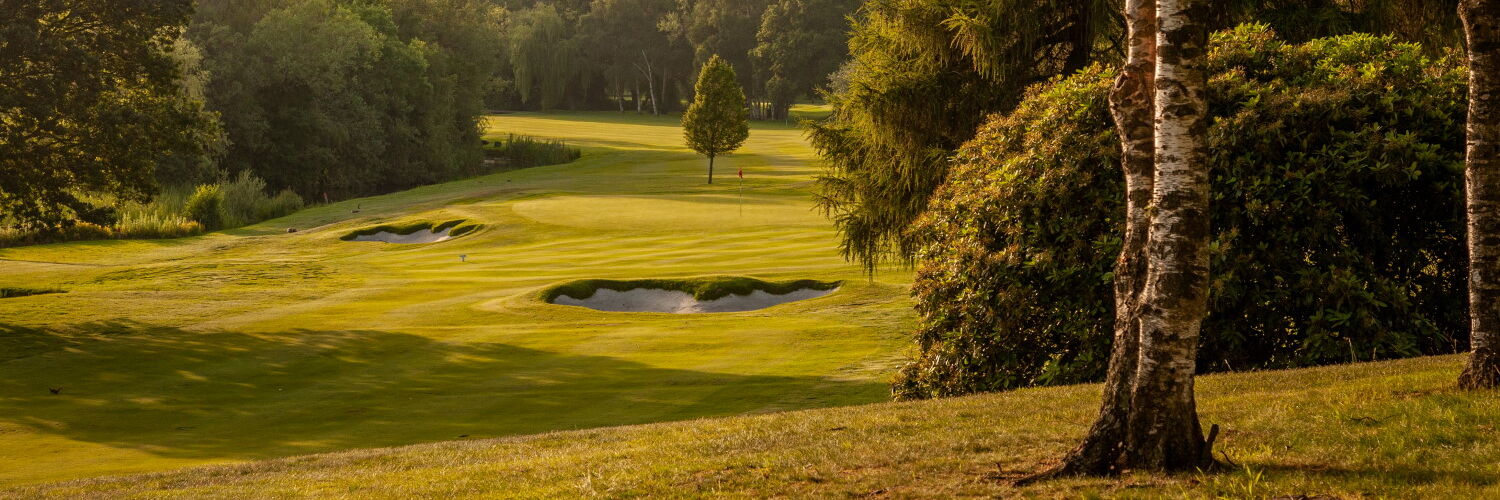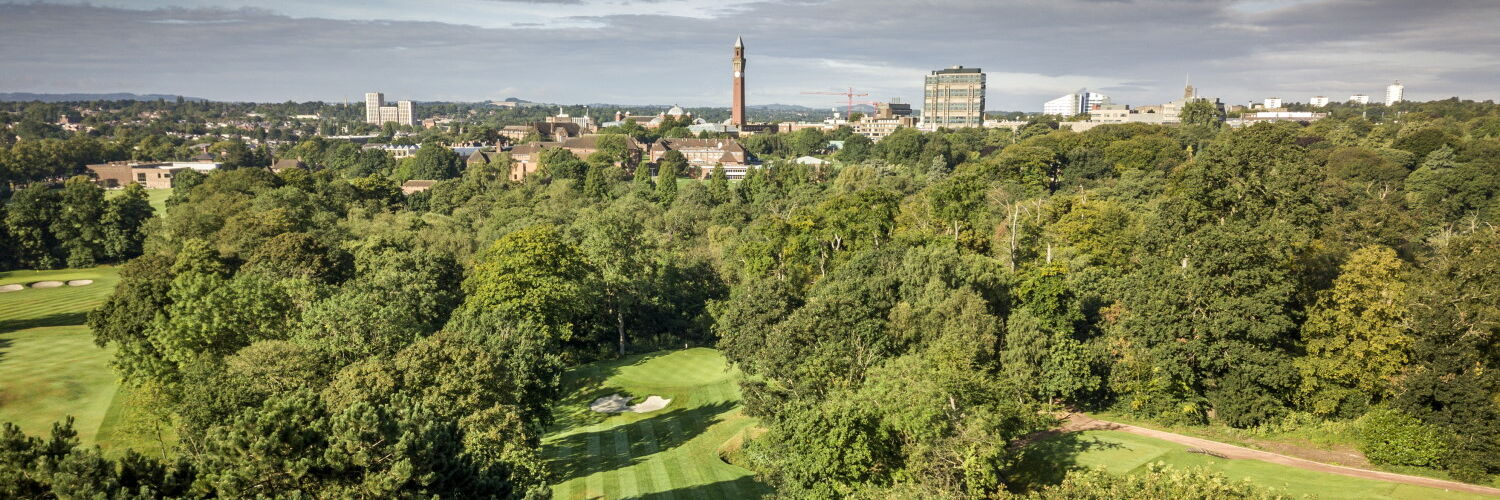A brief History of Edgbaston Golf Club
Parkland Golf since 1896
The Origins of the Club
Edgbaston Park has been the home of Edgbaston Golf Club (EGC) since 1936. Prior to this Edgbaston Golf Club made its home at Warley Woods from 1896 until 1910, and then at Tennal Hall, Harborne from 1910 until 1935 which were outside the boundaries of Edgbaston.
Being so very close to Birmingham City Centre, a mere 1.4 miles, EGC retains a fantastic parkland feel, like a shining oasis in an urban sprawl. This is mainly due to the Club's freeholder of the land protecting the 144 acres that the Club enjoys as an open space amenity.
It is located in a Conservation Area, part of which is an Area of Special Scientific Interest and a Nature Reserve.
EGC is one of the oldest golf clubs in the West Midlands. The Club is fortunate that records from the date of its formation - 16th January 1896 - remain intact in the form of committee meeting minutes.
Edgbaston Park
When EGC moved to Edgbaston Park in 1936, Mr Harry Colt, the renowned golf course architect, was commissioned to design and construct the course with F.Harris Bros of Guildford, the cost of which was £6,000. It was the last of his many creations at the age of 78. The layout remained relatively untouched, but in recent years, flooding damaged many of the bunkers which gave the club an excellent opportunity to return many of them to their original design. This work took place during 2018/19.
The Course and Clubhouse were opened in 1937 by Neville Chamberlain, Prime Minister of the day and Member of Parliament for the Edgbaston constituency. However, the Club's progress was temporarily halted by the onset of the Second World War. The course was not fully re-opened until 1950, because the Park suffered serious bomb damage.
Edgbaston Hall - The Clubhouse
The "˜manor' of Edgbaston (of five square miles), mentioned in the Domesday Book of 1086, was purchased by Sir Richard Gough for £20,400 in 1717. To this day, the connection with the family remains as Sir Euan Anstruther-Gough-Calthorpe is the President of the Club.
The Georgian Hall, now Grade II listed, took seven years to build consisting of two and half storeys in red brick with a slate roof. Since its construction, the interior has been much altered, but the main staircase (leading from the spike bar) with its twisted balusters and Corinthian column newel posts is original and is separately listed. It is widely thought that Capability Brown was commissioned to lay out the Park.
From 1783, the Hall was rented out for the following 150 years to a succession of well-known Birmingham citizens, one of which was Dr William Withering who is best remembered for discovering that an extract of dried foxglove, digitalis, could be used to treat dropsy (heart failure) and is still in use today for certain types of heart treatment conditions. The plant is still in evidence by the stream at the 17th tee.
During World War II, the building was requisitioned by the War Office - the apocryphal rationale being that if a typical Birmingham resident did not know of the Hall's existence, then there was very little chance of the Luftwaffe finding it! The cellars were used for early research into the atomic bomb by a team led by Professor Zuckerman from Birmingham University.












.jpg)


